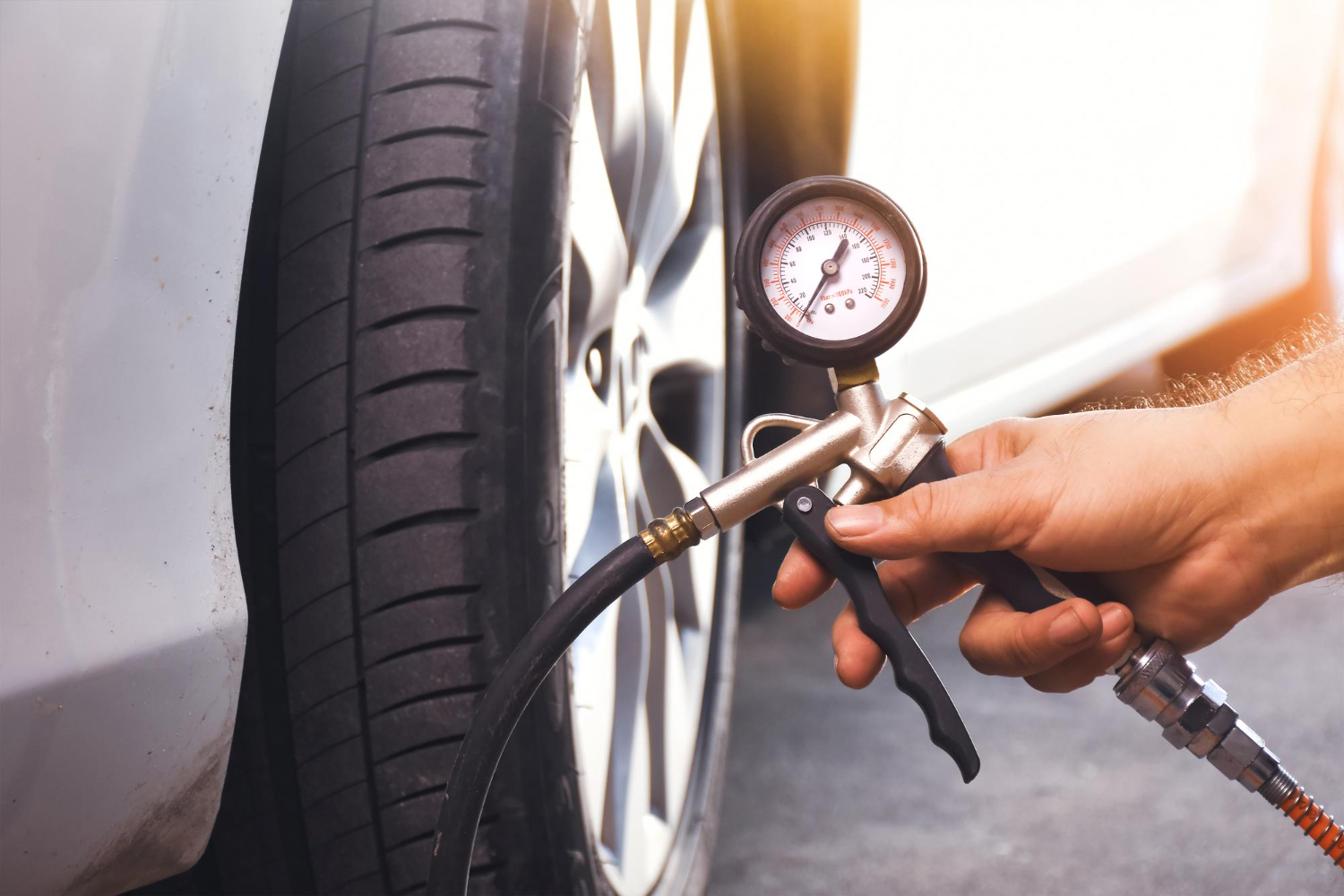Using winter tires in colder months enhances traction on snow and ice, reducing braking distance and improving safety. Conversely, summer tires offer superior performance and durability in hot weather, ensuring optimal fuel efficiency and handling. This cycle of changing tires not only adheres to the law but also prolongs tire life, saving you money in the long run. Kambio provides a swift and accurate tire changeover service in Toronto, facilitating a smooth transition between winter and summer tires as per the season’s demand.

Our technicians professionally install winter tires, providing the traction necessary for safe winter driving in Toronto’s icy and snowy conditions.
As the season changes, Kambio ensures your vehicle is equipped with summer tires for improved fuel efficiency and better handling during warmer months.
We perform thorough inspections, tire rotations, and pressure adjustments to maintain the longevity and optimal performance of your tires throughout the year.
Take advantage of our tire storage solutions to securely store your off-season tires in a climate-controlled environment.
Best Time for Seasonal Tire Change
It’s important to understand when to make the seasonal tire change to ensure your vehicle operates efficiently and safely throughout the year. In Toronto, the weather can be quite unpredictable, so here’s a simple guide to help you decide the best time to change your tires.
Winter tires are specifically crafted to perform at their best during the colder months. As the temperature consistently falls below 7°C (usually around late October to November), it’s wise to make the transition to winter tires. These tires are constructed with special rubber compounds that stay flexible in colder temperatures, providing better traction on icy and snowy roads.
When the temperature begins to rise consistently above 7°C, usually occurring from late March to April, consider switching back to summer or all-season tires. These tires are optimized for performance in warmer weather, offering excellent traction on both dry and wet roads.
To retain traction on the pavement, your tires' tread depth is essential. The minimum tread depth for winter tires is 4/32 inches, whereas the minimum tread depth for summer tires is 2/32 inches.

Look for visible signs of wear and tear, like cracks, bulges, or objects embedded in the tire. If you notice any of these signs, consider replacing the tire.
Variations in temperature may have an impact on tire pressure. Check the pressure regularly and adjust it according to the manufacturer’s recommendations.
If you notice unusual vibrations while driving, it may indicate that the tires are worn unevenly or the wheel alignment is off. Have your vehicle inspected by professionals if you experience this issue.
Tires degrade over time. Even if the tread depth is adequate, manufacturers generally recommend replacing tires that are six to ten years old.
When it comes to tire services in Toronto, we are your go-to destination. From tire changes to storage solutions, our services are designed to meet your needs efficiently and effectively. Schedule an appointment with us today and experience tire services that are a cut above the rest.

Drive confidently regardless of the weather! Contact us today to learn more about our services and book your appointment for a smoother, safer drive tomorrow.